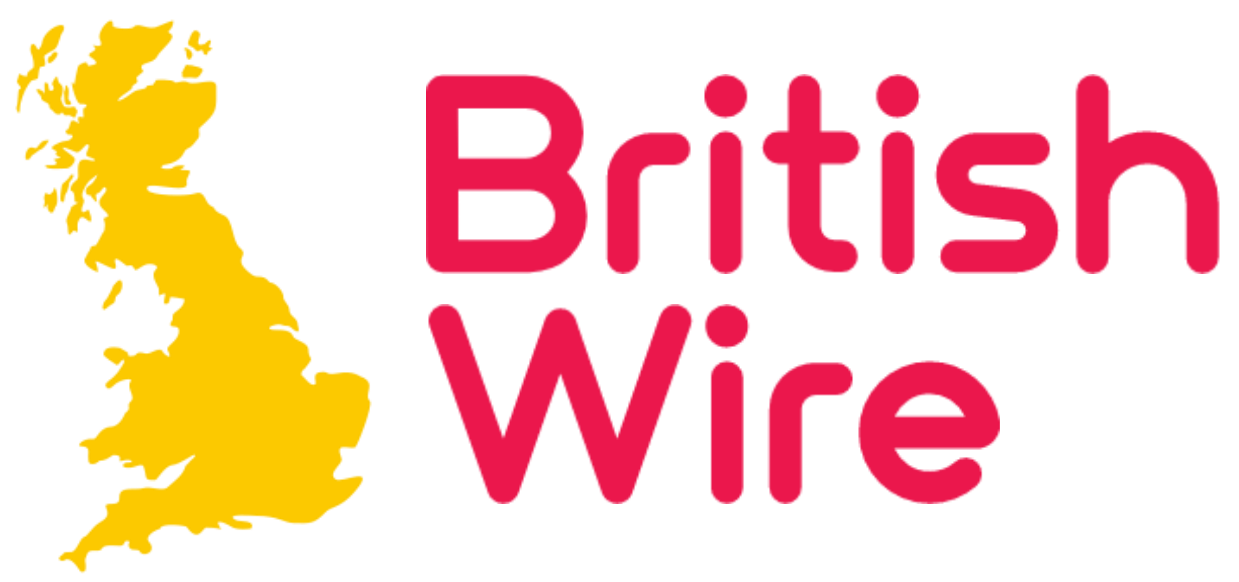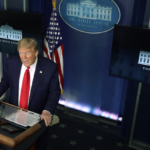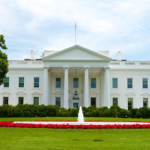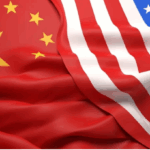China’s central bank has announced a significant set of measures aimed at revitalizing the country’s struggling economy, as concerns grow that it may fail to meet its 5% growth target for the year. In a press conference held today, Pan Gongsheng, Governor of the People’s Bank of China (PBOC), revealed plans to lower borrowing costs and enable banks to increase their lending capabilities.
The announcement follows a series of disappointing economic data, prompting expectations of a slowdown in growth for the world’s second-largest economy. In response to these challenges, Pan stated that the PBOC would reduce the reserve requirement ratios (RRR) for banks, which dictates the amount of cash they must hold in reserve. The RRR will be cut by half a percentage point initially, which is expected to free up approximately 1 trillion yuan (around $142 billion or £106 billion) for lending purposes. Pan hinted that additional cuts could follow later in the year.
In an effort to address the ongoing crisis in China’s property market, the central bank also announced measures to lower interest rates on existing mortgages and reduce minimum down payments for all types of homes to 15%. The real estate sector has faced significant challenges since 2021, with several developers going bankrupt, leaving many homes unsold and numerous construction projects unfinished.
The timing of the PBOC’s stimulus package is notable, coming just days after the US Federal Reserve implemented its first interest rate cut in over four years. This broader context of monetary easing appears to have positively impacted market sentiment in Asia. Following the announcement, major stock indices in Shanghai and Hong Kong surged, with both markets closing the day more than 4% higher.
The PBOC’s measures are aimed at not only stabilizing the housing market but also restoring confidence among consumers and investors amid mounting economic pressures. Analysts will be closely monitoring the effects of these policy changes, as China seeks to navigate its way back to a path of sustainable growth in the face of ongoing challenges.

















